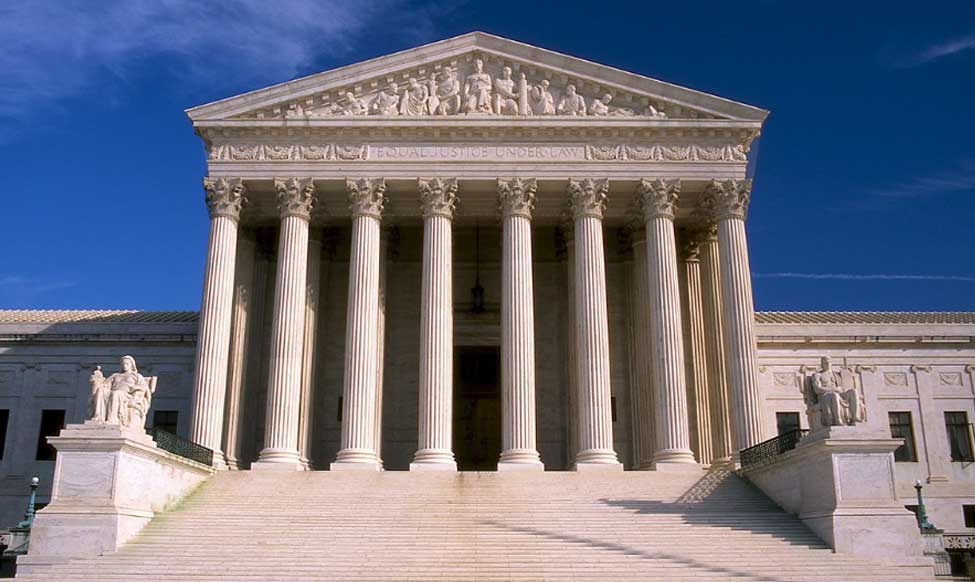A copyright gives the creator of a work an exclusive legal right to reproduce, and authorize others to reproduce, the protected work. Before a copyright owner can enforce this right with a civil lawsuit, he must register this work with the U.S. Copyright Office.[1] Surprisingly, however, ownership of a copyright exists apart from registration.[2] The creator of a work becomes the owner of the copyright of the work upon its creation. If this sounds inconsistent, then you’re right. Although someone may have the ownership rights to copyrightable work, he or she may not enforce this right until the work is “registered.” U.S. Copyright law establishes the prerequisite of “registration” prior to bringing an action for copyright. The problem over the last couple of years was that no one was entirely sure what “registration” meant.
For decades, copyright litigants were treated differently across the nation depending on which jurisdiction the litigant sued in. Some courts construed the “registration” requirement to be satisfied after the Copyright Office acted upon a copyright owner’s application, otherwise known as the “registration approach.” Other courts deemed “registration” to be satisfied after the copyright owner merely submitted an application, materials, and fees to the copyright office, otherwise known as the “application approach.”
The issue has finally been resolved in Fourth Estate Public Benefit Corporation v. Wall-Street.com, LLC.[3] The Supreme Court deemed the “registration approach” to be the correct approach based the plain language of the statute. Fourth Estate is a news organization that licensed its work to Wall-Street. Fourth Estate sued Wall-Street after Wall-Street failed to remove the Fourth Estate’s works after canceling the parties’ license agreement. Fourth Estate had filed applications to register the works with the Copyright Office; however, the Copyright Office had not acted upon the applications. The trial court dismissed the complaint stating that Fourth Estate had not satisfied the registration requirement and the appellate court affirmed the ruling. Fourth Estate appealed again to the Supreme Court.
The thorough opinion written by Justice Ginsburg on behalf of the unanimous Court decides that the correct way to construe the law is by requiring a copyright owner’s application to be acted upon by the Copyright Office before bringing a civil action for infringement. The Court comes to this conclusion by analyzing the plain language of each sentence within the statute and finally resolving the split in the lower courts. The “registration approach” will be used in every copyright infringement suit from here on out, putting an end to the inconsistency.
The takeaway: copyright owners should begin registering works that are vulnerable to infringement sooner rather than later. Although plaintiffs are entitled to damages, including those that occur prior to registration,[4] some of the harm suffered from infringement can be irreparable. Owners should make sure they are able to bring suit as soon as they are aware of infringement to best protect their works.
[1] 17 U.S.C. § 411(a)
[2] 17 U.S.C. § 408(a)
[3] No. 17-571, 2019 WL 1005829 (Sup. Ct. Mar. 4, 2019).
[4] 17 U.S.C. § 504

